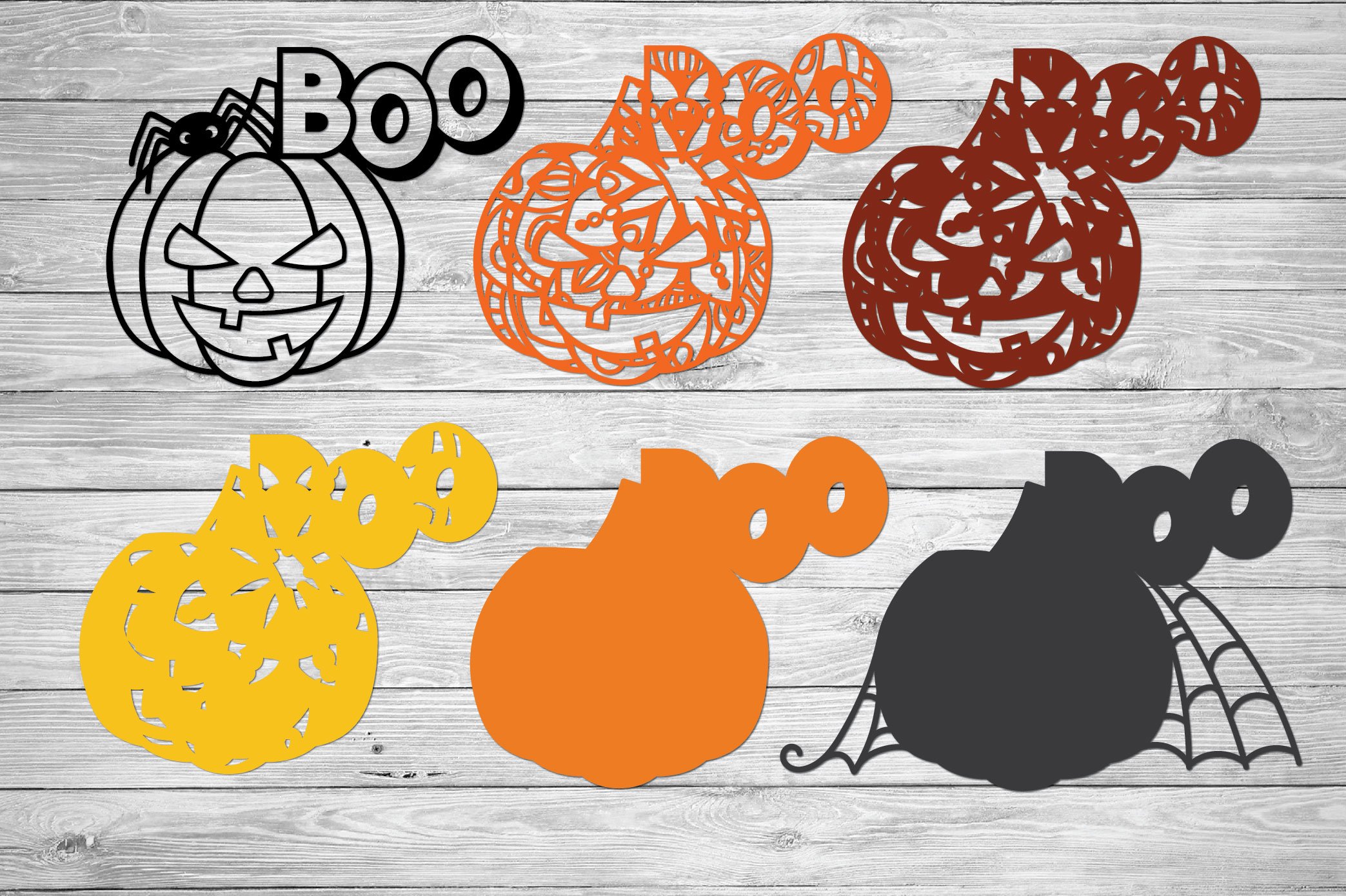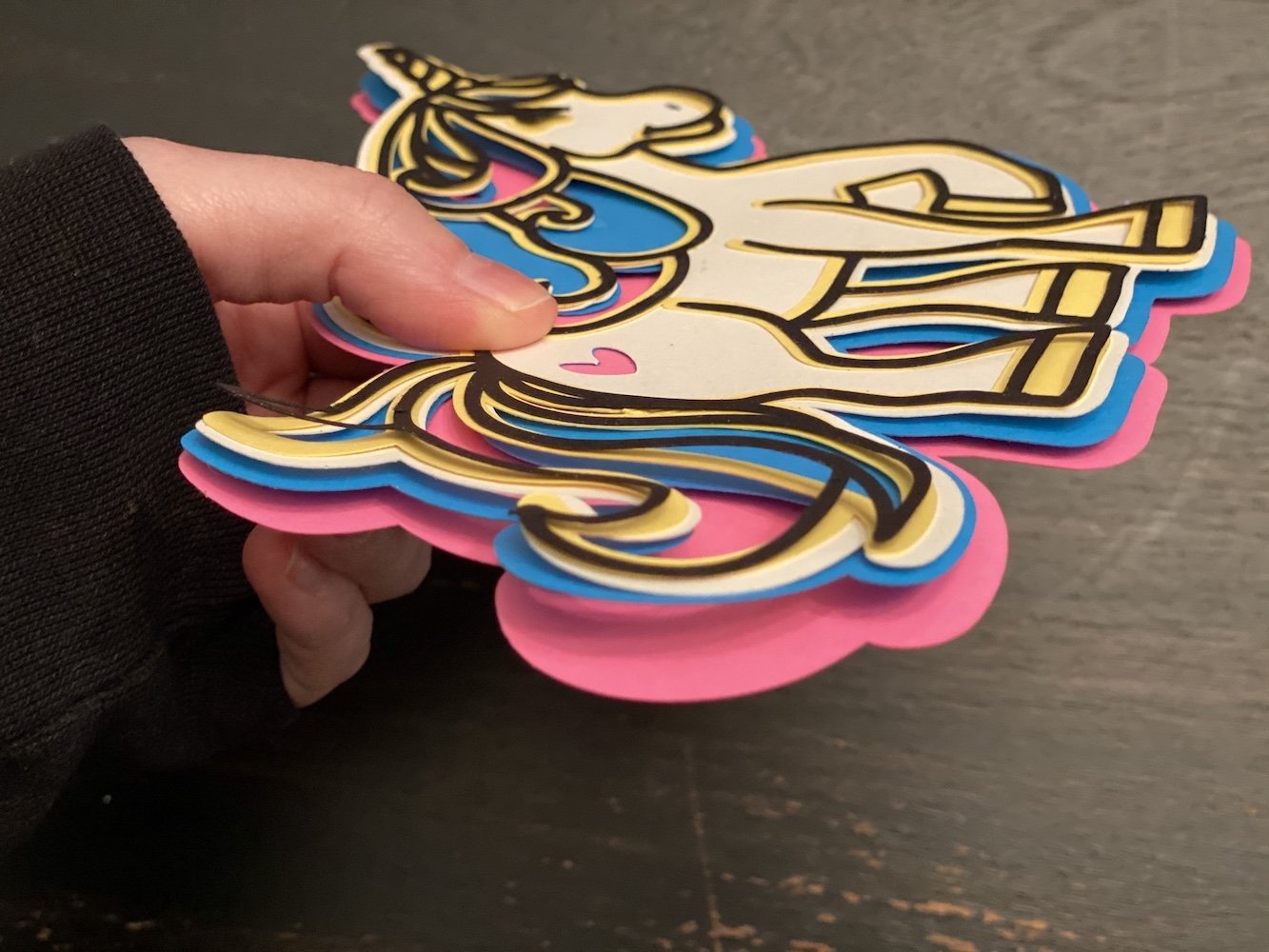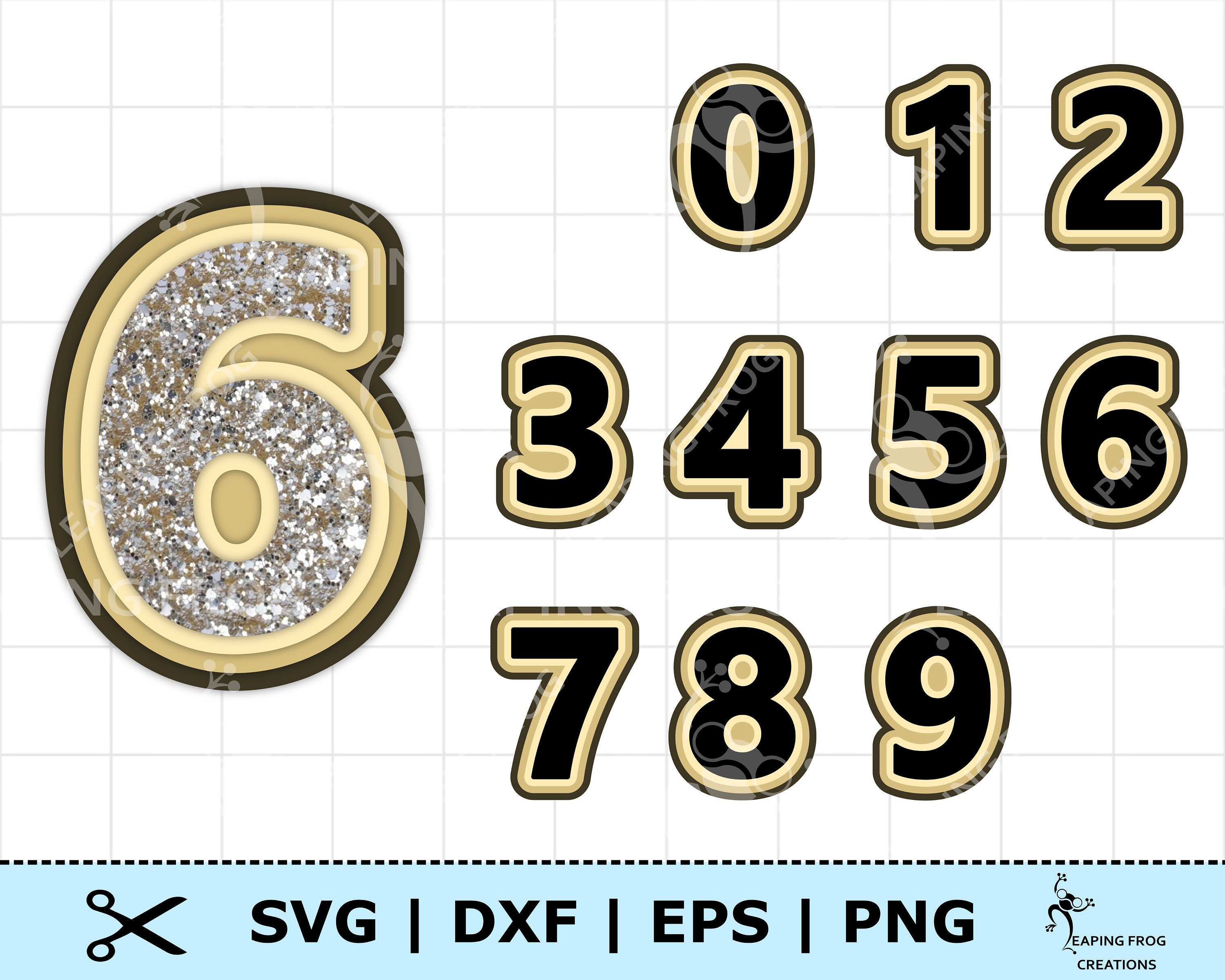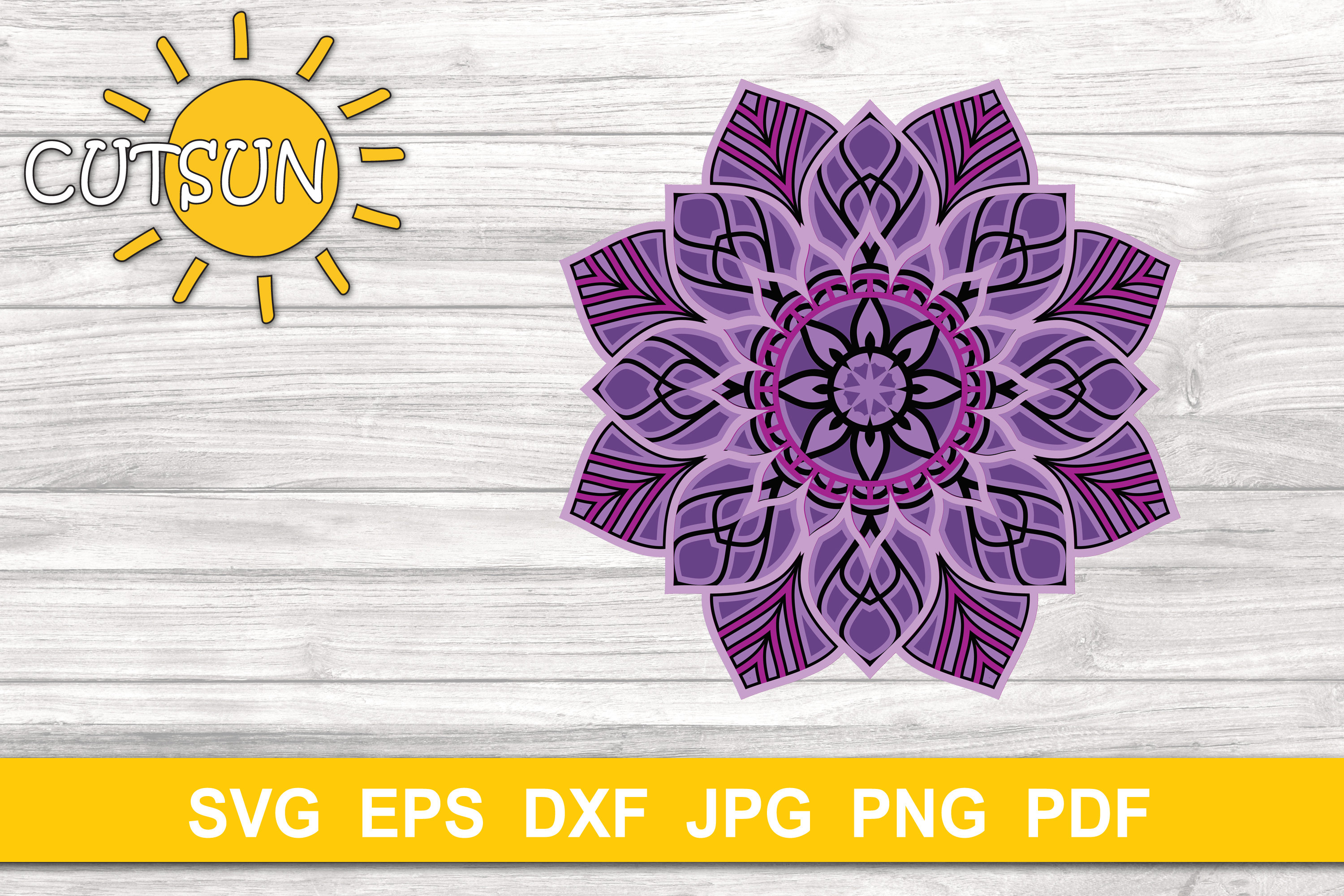

Now I will take the Bezier tool you can press B as short cut key.

Here from this panel, I will decrease the opacity of this image layer so that we can easily trace the path around it with the Bezier tool. You will find this panel in the scroll-down list of Objects menu. So first go to the Fill and Stroke panel. If your image has a complex design then that cannot be traced by the Trace Bitmap option but you can trace your image manually with the Bezier tool. This traced image has a group of 7 layers so you can ungroup them as per your requirement. Now you can see the difference between both images by zoom in on them. I will move the traced image and you can notice it has almost the same color as our image logo has.
#Layered svg converter update#
Now choose the Colors option in this list.Īfter clicking on the Multiple Scans button click on the Update button and if you are satisfied with the result then click on Apply button. If you are not satisfied with this tracing you can go with the Multiple Scans option and set the number of scans. The best part is that it has a transparent background.

I will move it and you can see it is a nice vector trace. Now click on Apply button and you will have traced the image on the top layer of the source image. You can see the preview of the traced image here. There is also an Autotrace option so I will click on it.Īnd click on the Update button of this dialog box. For understanding the Trace Bitmap panel deeply, you can go with my ‘Image to Vector’ article also. You can go with a Single scan for black and white images or if the image has multicolor then you can go with Multiple scans. Here we have two buttons for scanning our image that is Single scan and Multiple scans. So first we will convert this image into a vector format.įor converting this image into vector format, go to the Path menu and click on the Trace Bitmap option.Ī Trace Bitmap tab will be open on the right side of the working screen. I hope the above guidance helps I some small way.Now if I zoom it then you can see it is a raster image and if we save it as SVG then scale it, it will pixelate.
#Layered svg converter software#
You could try increase the colours (layers) beyond 6 with the simplify button set to 0 (using the second tool in this video), then in design space use the contour tool to piece the layers back together into 6 exactly where you want the detail shown.Īlternatively, You could try and create something yourself in a vector based software like Adobe illustrator, coral draw or inkscape but this isn't intuitive software so you'd need to watch tutorials to get the hang of it.
#Layered svg converter free#
I can unequivocally say this is as good as it gets with a free conversion tool unfortunately. In researching this video for my channel, I've spent hours using every SVG tool that is out there to make sure my viewers can achieve the best results. The higher number of layers you set, the more detail that will come through on your image but it still won't be super detailed. You will never achieve a detailed look converting a photo to an SVG that even comes close to the detail in a JPEG or PNG unfortunately. Mathematical formulas dictate the placement of the shapes but this means when converting a photo to SVG, it will attempt to make shapes out of areas that have the same or similar colour margins.

Whereas SVG format stores images as vectors, which is a type of graphic made up of points, lines, curves and shapes. Raster graphics work well for detailed images where the exact colour of each pixel is specified, the higher the resolution, the more pixels which brings through the detail you see on a photograph. I'll try to explain why you might be having issues.


 0 kommentar(er)
0 kommentar(er)
